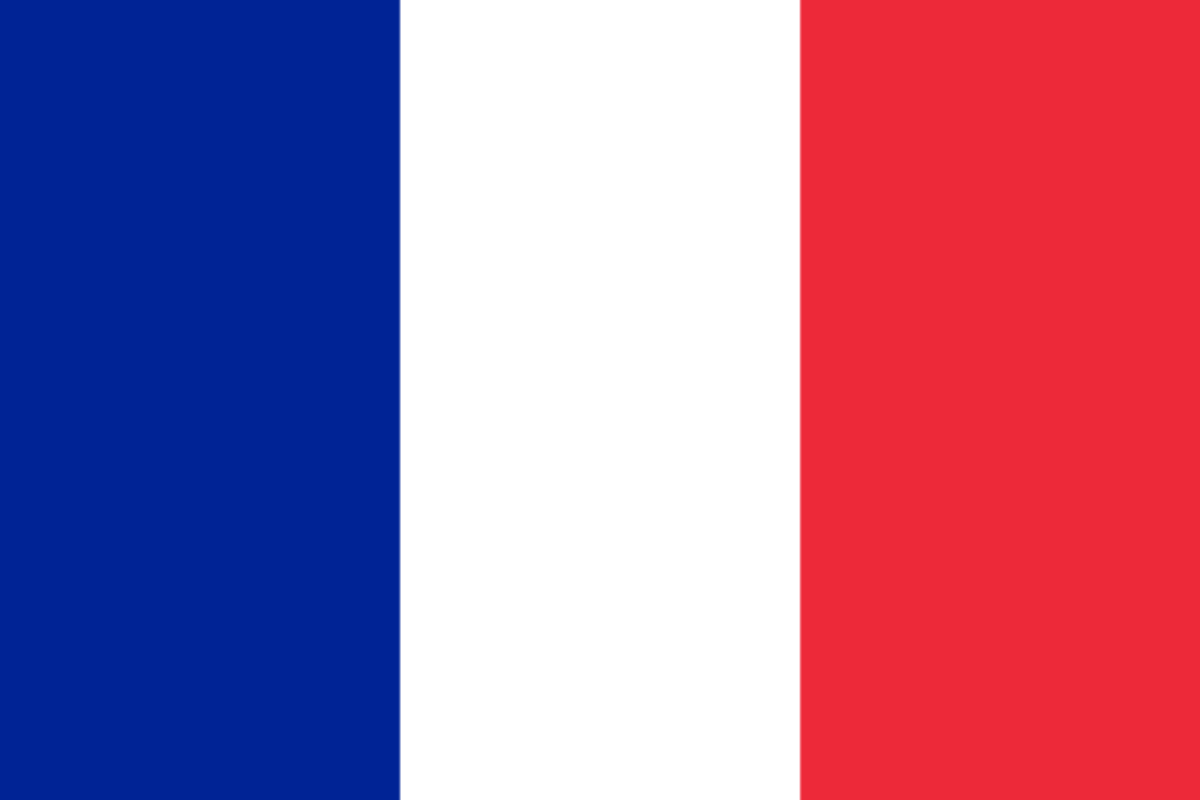The national animal of France is the Gallic rooster. This has been an important national symbol in France since at least the Middle Ages. It has acted and continues to act as a national emblem for the country in many different aspects of French life, from local to federal levels.
So, though the Gallic rooster is not a species in its own right in the way that other national animals might be, it is nonetheless very important as one of France’s national symbols.
The rooster has played a significant role in French imagery for centuries and thus remains today one of the most recognizable symbols of France and its people.
Let’s find out more.

What is the national animal of France?
The national animal of France is the Gallic rooster.
Now, this is a somewhat complex question and certainly trickier than it sounds.
Let’s first break down what we mean by “Gallic”.
Gaul was the name of the region that today mostly encompasses France in northwest Europe.
This, supposedly, was the name given to it by its native people, though we only know this from Roman accounts as the Iron Age Gallic “Celts” did not leave written records.
One Roman historian named Suetonius noticed that in Latin, the word for rooster, “gallus”, and the word “Galli” meaning Gallic, “Gallus”, were homonyms.
Thus, there was assigned an association between the rooster and France, or Gaul as it was then known.
However, importantly, this connection is entirely apocryphal, and there is no evidence that the rooster was regarded as a national personification or in any way sacred by the Gauls.
The other important issue to note is that there was really no sense of the “Gallic nation” at this time.
The land would have been inhabited by many disparate groups with connections in language and ethnicity but who would otherwise not necessarily have felt one another to be kin.
So, the Gallic rooster in modern France is more of a pure symbolic emblem than it is meant to be associated with the literal animal.
The “Gallic rooster” is not a species unto itself, it’s merely a symbol.
Of course, roosters do actually exist, but it’s really more about the symbol than it is about the animal itself.
It’s been important to French heraldry and livery since at least the Middle Ages, as mentioned.
If it’s not a real, or least not a specific, animal, why, then, is it the national animal?
Why is the Gallic rooster the national animal of France?
The Gallic rooster is something that modern French people tend to think of as being something that harkens back to their most ancient past.
Again, though, it’s really not that simple. Anything that we know outside of material culture about the Iron Age Gauls comes to us from outside sources, and we have a lot of evidence for the ritual importance of animals like boar or deer in Gallic culture.
We do not, though, have any material evidence to suggest a cult of the rooster.
Even into the early Medieval period, France was not a centralized kingdom.
It had a king to whom all the dukes and counts of the various French provinces, such as Anjou or Aquitaine, swore fealty, but this was mostly lip service; they were not in any meaningful way ruled by this king.
As the centuries moved forward, though, France did become more centralized and the rooster was always a very important national emblem and symbol.
So, the furthest connection we can make is really Medieval, but you can see the importance of that symbol in modern France; it can be seen on the jerseys of the national rugby teams and even in adornments of the garden gate of the Élysée Palace, the official residence of France’s president in Paris.
Is the Gallic rooster real?
This is a somewhat tricky question; roosters, of course, are real.
Many French people would just think of the rooster as being the symbol whatever kind of rooster it is. Gallic roosters are not an actual species or breed, in that sense.
There is no specific subsection of roosters known as the Gallic rooster.
Again, the animal is really more of a symbol than it is a real animal in any sense.
What’s the difference between a rooster and a cockerel?
The difference is really just one of age.
Firstly, a rooster or a cockerel are names for male chickens.
Chicken is the species.
Before one year of age, a male chicken is considered to be a cockerel.
After that, they are a rooster.
However, in most popular usage, the terms are just used interchangeably.
Both refer to a male chicken though in official terminology they mean specific things about the age of the animal.
There are certainly good reasons in agriculture and animal husbandry to make these distinctions, but for most people the simple fact that both cockerel and rooster refer to male chickens is the only thing you need to be aware of.
It’s certainly an interesting choice, then, to have a national animal that is more important simply as a symbol than to the real world.
Most countries pick as their national animal something that really exists in the real world.
France, though, has plumbed the depths of its cultural past and assigned a ritual significance to a bird in a culture that likely wouldn’t have revered it in this way, the Gauls—but it is nonetheless an iconic national symbol today.

